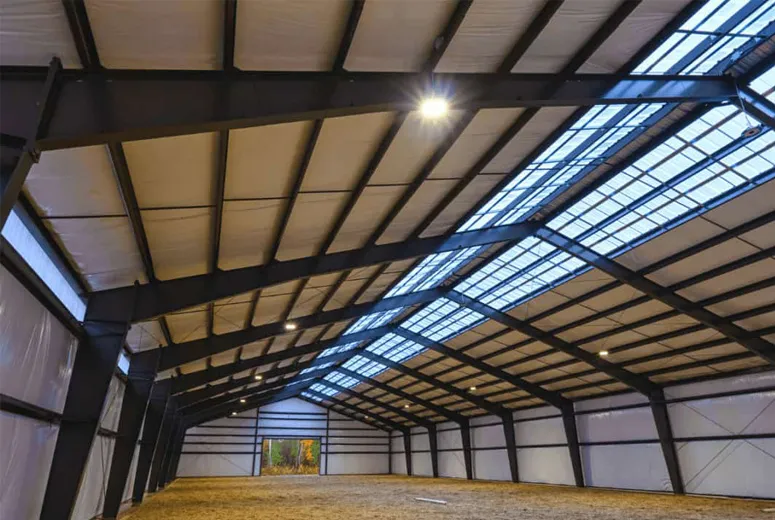- Afrikaans
- Albanian
- Amharic
- Arabic
- Armenian
- Azerbaijani
- Basque
- Belarusian
- Bengali
- Bosnian
- Bulgarian
- Catalan
- Cebuano
- Corsican
- Croatian
- Czech
- Danish
- Dutch
- English
- Esperanto
- Estonian
- Finnish
- French
- Frisian
- Galician
- Georgian
- German
- Greek
- Gujarati
- Haitian Creole
- hausa
- hawaiian
- Hebrew
- Hindi
- Miao
- Hungarian
- Icelandic
- igbo
- Indonesian
- irish
- Italian
- Japanese
- Javanese
- Kannada
- kazakh
- Khmer
- Rwandese
- Korean
- Kurdish
- Kyrgyz
- Lao
- Latin
- Latvian
- Lithuanian
- Luxembourgish
- Macedonian
- Malgashi
- Malay
- Malayalam
- Maltese
- Maori
- Marathi
- Mongolian
- Myanmar
- Nepali
- Norwegian
- Norwegian
- Occitan
- Pashto
- Persian
- Polish
- Portuguese
- Punjabi
- Romanian
- Russian
- Samoan
- Scottish Gaelic
- Serbian
- Sesotho
- Shona
- Sindhi
- Sinhala
- Slovak
- Slovenian
- Somali
- Spanish
- Sundanese
- Swahili
- Swedish
- Tagalog
- Tajik
- Tamil
- Tatar
- Telugu
- Thai
- Turkish
- Turkmen
- Ukrainian
- Urdu
- Uighur
- Uzbek
- Vietnamese
- Welsh
- Bantu
- Yiddish
- Yoruba
- Zulu
Dec . 11, 2024 11:01 Back to list
The Rise of Steel Frame Industrial Buildings
In recent years, the industrial landscape has undergone significant transformations, and at the forefront of this change is the steel frame industrial building. Characterized by their robust structure, flexibility, and efficiency, these buildings have become a popular choice for manufacturers, warehouses, and various industrial operations. This article explores the benefits, design considerations, and future trends associated with steel frame industrial buildings.
Advantages of Steel Frame Construction
One of the most compelling advantages of steel frame industrial buildings is their strength-to-weight ratio. Steel is an incredibly strong material, allowing for the construction of large span buildings without the need for numerous support columns. This open space design facilitates efficient layout planning, maximizing floor area for machinery, storage, and operations.
Additionally, steel frames are remarkably durable and resistant to various environmental factors. Unlike traditional materials such as wood, which can be susceptible to issues like rot, warping, and pest infestations, steel maintains its structural integrity over time. This longevity translates into lower maintenance costs and increased return on investment for businesses.
Moreover, steel is a highly recyclable material, aligning with the growing emphasis on sustainability in construction. Many manufacturers are now implementing green practices, choosing materials that have a reduced environmental impact. Steel frames can be fabricated from recycled materials, and at the end of a building’s life, they can be repurposed or recycled, minimizing landfill waste.
Design Considerations
When designing a steel frame industrial building, several factors must be taken into consideration. First and foremost is the intended use of the facility. Different industrial applications require specific layouts and structural features. For example, high-ceiling warehouses may necessitate taller frames and larger spans, while manufacturing plants may require additional support for heavy machinery.
steel frame industrial building

Another critical consideration is local building codes and regulations. Industrial buildings must adhere to safety and zoning regulations that ensure the structure is capable of withstanding local environmental conditions, such as strong winds or seismic activity. Engineers and architects must work closely to create designs that not only meet these requirements but also optimize functionality and aesthetics.
Furthermore, the choice of cladding and insulation is essential for maintaining energy efficiency. Steel frames can be paired with various siding materials, including metal panels, concrete, or glass, allowing for customization based on aesthetic preferences and operational needs. Adequate insulation is also key to minimizing energy costs, especially in facilities that require temperature control.
Future Trends in Steel Frame Construction
As technology continues to advance, the field of steel frame construction is evolving. One notable trend is the incorporation of Building Information Modeling (BIM) in the design and construction process. BIM allows for the creation of a digital representation of the building, enabling better visualization, collaboration, and efficiency throughout the construction phase. This technology helps in detecting potential issues early in the design process, ultimately saving time and resources.
Additionally, modular construction is gaining popularity in the industrial sector. Prefabricated steel components can be manufactured off-site and assembled quickly on location, reducing construction time and costs. This approach not only streamlines the building process but also minimizes disruption to surrounding areas.
Finally, the push for sustainable building practices continues to grow, with a greater emphasis on energy efficiency and renewable energy integration. Steel frame industrial buildings are increasingly being designed with features such as green roofs, solar panels, and advanced HVAC systems to reduce their carbon footprint and operational costs.
Conclusion
Steel frame industrial buildings represent a significant advancement in construction technology, offering numerous advantages over traditional building materials. With their strength, durability, and sustainability, they are well-suited to meet the demands of modern industrial operations. As the industry evolves, embracing new technologies and practices, the future of steel frame construction looks promising, paving the way for innovative and efficient industrial spaces that can adapt to the ever-changing needs of the market.
-
How Do Prefabricated Steel Structures Transform Modern Construction?
NewsJul.14,2025
-
How Do Prefabricated Metal Buildings Redefine Modern Construction?
NewsJul.14,2025
-
How Do Prefab Insulated Metal Buildings and Steel Structures Revolutionize Modern Construction?
NewsJul.14,2025
-
How Do Pre - Engineered Steel Structures Redefine Modern Construction?
NewsJul.14,2025
-
Advancing Modular Construction with Prefabricated Metal Structures
NewsJul.14,2025
-
Advancing Industrial Infrastructure with Prefabricated Steel Solutions
NewsJul.14,2025
Products categories
Our Latest News
We have a professional design team and an excellent production and construction team.












